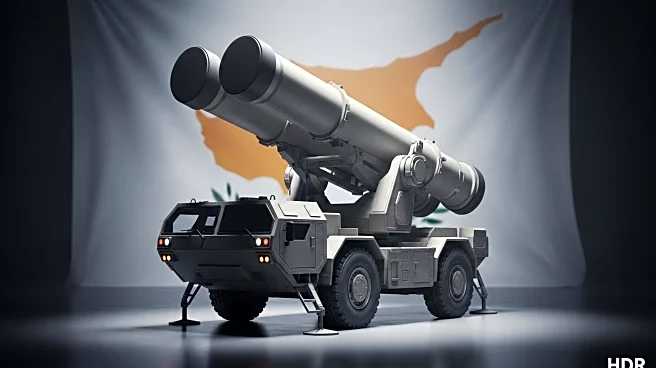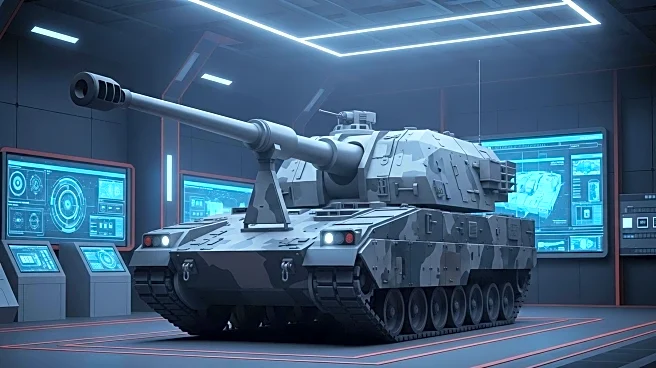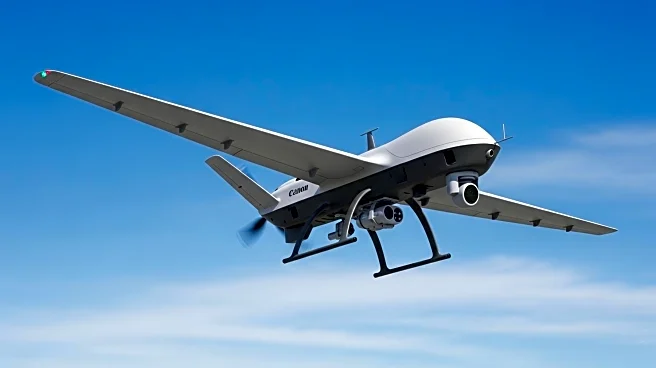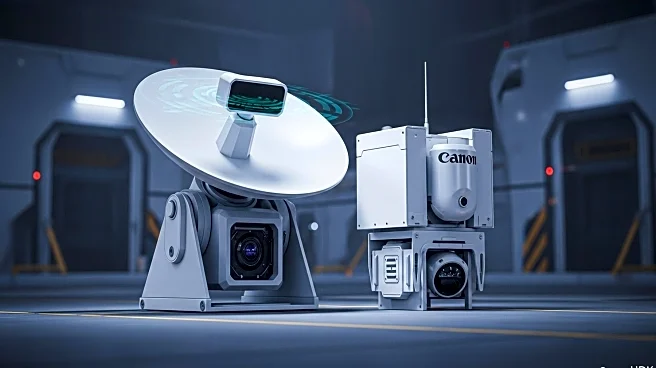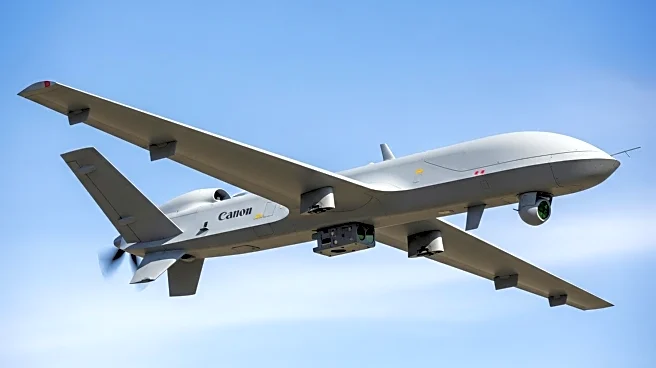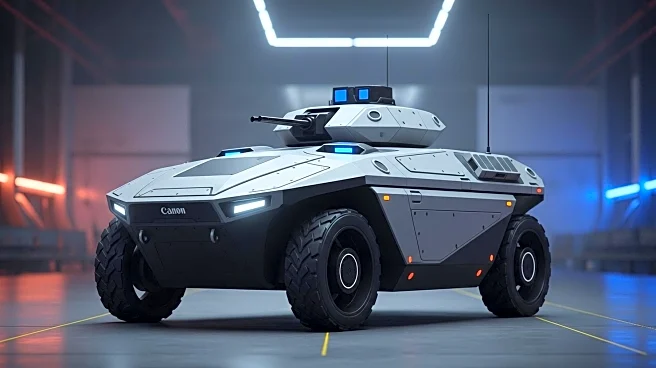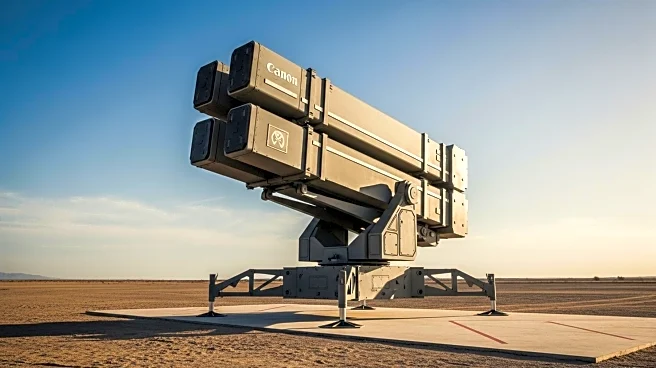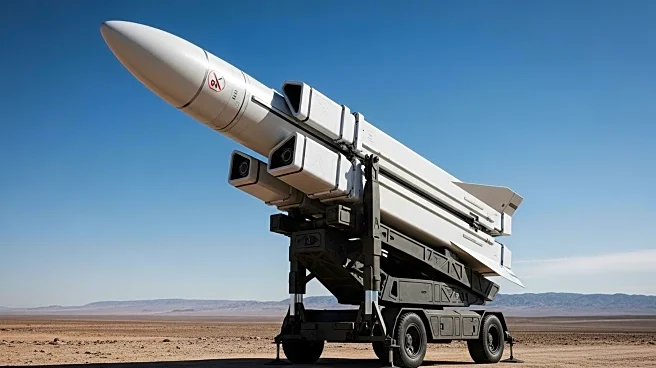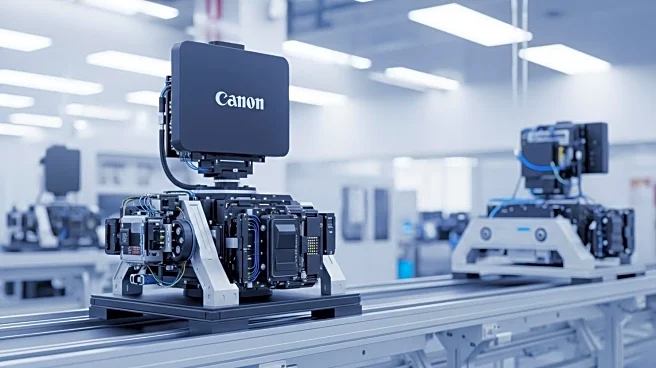What's Happening?
Hanwha Aerospace has announced plans to upgrade its K9 series of self-propelled howitzers (SPHs), focusing on the development of the K9A3 and K9A2 models. The upgrades include a new 58 calibre cannon with an autoloader, which will allow for a reduced crew size of three members: commander, gunner, and driver. The enhanced cannon is expected to extend the range to 54 km, and the autoloader will accommodate 40 rounds plus an additional eight in the magazine. The turret's hydraulic drive will be replaced by electric motors, and the SPH will be equipped with a laser beam warning system, unmanned aircraft system jammers, and Hanwha's new active protection system. Hanwha is also exploring the possibility of offering a wheeled platform alongside the tracked chassis, capable of carrying a slimmer turret with the new cannon and autoloader. The tracked variant of the K9A2 is anticipated to reach initial operating capability by 2027, with the first batch expected to be delivered by 2033.
Why It's Important?
The upgrades to Hanwha's K9 SPH series represent significant advancements in artillery technology, potentially enhancing the capabilities of military forces that utilize these systems. The increased range and reduced crew requirements could improve operational efficiency and effectiveness in combat scenarios. The integration of advanced systems such as laser beam warnings and UAS jammers reflects a growing emphasis on electronic warfare and defense against modern threats. These developments may influence global defense strategies and procurement decisions, particularly for countries seeking to modernize their artillery capabilities. The introduction of a wheeled platform offers additional flexibility for deployment in various terrains, which could be advantageous for military operations requiring rapid mobility.
What's Next?
Hanwha Aerospace plans to continue the development and testing of the upgraded K9 SPH models, with the tracked variant of the K9A2 expected to achieve initial operating capability by 2027. The company aims to deliver the first batch by 2033, indicating a long-term commitment to enhancing its artillery offerings. As these upgrades progress, military stakeholders and defense agencies may evaluate the new capabilities for potential integration into their forces. The advancements could prompt other defense manufacturers to innovate and compete in the artillery market, potentially leading to further technological breakthroughs in the sector.
Beyond the Headlines
The upgrades to the K9 SPH series highlight the ongoing evolution of military technology, emphasizing the importance of integrating advanced systems to counter emerging threats. The focus on electronic warfare capabilities, such as UAS jammers and active protection systems, underscores the need for modern artillery to adapt to the changing landscape of warfare, where unmanned systems and electronic attacks are increasingly prevalent. These developments may also raise ethical and strategic considerations regarding the use of automated systems in combat, as well as the implications for international arms agreements and military collaborations.

